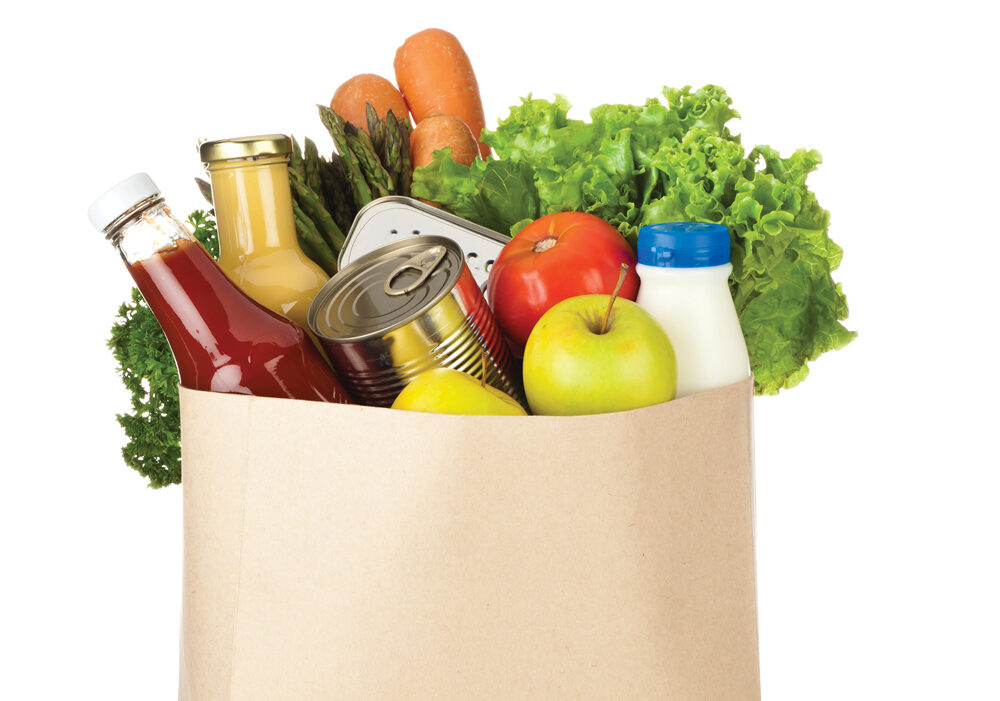The two necessities in life are food and shelter. It looks like both are getting much more expensive these days.
For a few years now, the cost of food has been the most important food affordability barrier. Not anymore. The cost of housing is now seen by Canadians as the most significant barrier.
A recent poll conducted by Grassroots Public Affairs, in partnership with Food Banks Canada, shows how things have changed in just 12 months. A total of 46 per cent of Canadians, almost half, consider the cost of housing to be the largest obstacle to food affordability. Only 12 months ago, it was 21 per cent. A total of 29 per cent of Canadians see the cost of housing as a larger obstacle now compared to 12 months ago.
Read Also

Why agriculture is Canada’s energy ace
Why isn’t agriculture getting more play in Canada’s quest for efficient, renewable energy production? It should be
Rising unemployment was the largest obstacle for 71 per cent last year, for obvious reasons. The percentage dropped to 42 per cent this year, which is the same percentage as the cost of food. Indeed, the cost of food is still seen as an important barrier, but concerns related to food prices have now been surpassed by lodging costs.
Seeing house prices go up is not necessarily undesirable. After all, most Canadians rely on the value of their property to increase their wealth and support their retirement. Taxing capital gains on primary residences would be aiming at the wrong problem and make many Canadians poorer. But the pace to which prices are going up is alarming. The OECD recently reported that over the last 20 years, Canadian house prices on average have gone up by more than 1,680 per cent, the highest rate amongst all OECD countries. The second highest is not even close, at 96 per cent which is the United Kingdom. So, this is a real issue in Canada.
Canadians are facing a perfect storm when looking at food affordability. The cost to put a roof over one’s head is going up while food prices are expected to go up by as much as five per cent this year. Furthermore, the economy is slowly picking up the pace, but the number of jobs is still short 500,000 from what the Canadian job market had before the pandemic. Naturally, many Canadians are concerned about the professional situation.
Given these macroeconomic shifts in recent years, Canada is now on the list of countries facing challenges of ensuring food security for many of its citizens. There are no problems with food availability in Canada, none, except perhaps for the Greater North. The issue is the cost of essential elements in our lives, coupled with the fact that salaries are barely moving to help Canadians deal with higher expenses.
Ottawa will need to get a better sense of the real estate market conditions beyond the pandemic, as interest rates may remain at historic lows for some time. When real estate prices go up, rents will eventually catch up to tenants who can only dream about owning a house one day. We are already seeing rental costs going up in Canada, from three per cent to five per cent in some markets.
Because of the pandemic, some markets are more affected than others. Interestingly, the work-from-home phenomena is impacting smaller markets, not just urban ones. Many do not have to live within commuting distance from their jobs. According to the Canadian Real Estate Association, the greatest year-over-year percentage changes came from the Northwest Territories (48.1 per cent), Nova Scotia (30.4 per cent), Ontario (24.5 per cent), Quebec (22.5 per cent), and New Brunswick (20.9 per cent). Many economists believe a supply-deprived real estate market is driving prices higher. Increasing supplies in markets where demand is higher than ever, urban, or not, should be our governments’ priority.
The pandemic has also rejuvenated our collective discussion of a guaranteed minimum income. The pandemic itself has given us data on how Canadians behave when receiving financial aid for governments. We still know very little about how a guaranteed minimum income would help families cope with changing real estate conditions and higher housing costs. The fabric of our workforce will also change due to the pandemic. Now, more than ever perhaps, is the time to have that conversation. Committing to nationally co-ordinated pilot projects to assess such a program is long overdue.















